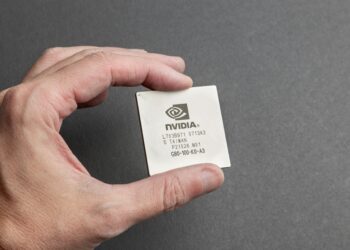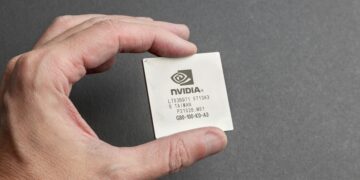Lower guidance for fiscal 2026 and weakening PC demand send shares down 5% in after-hours trading
HP Inc. (HPQ) one of the world’s largest PC and printer manufacturers, announced plans to reduce its workforce by 4,000 to 6,000 employees as part of a broad restructuring effort aimed at addressing slowing demand and maintaining profitability. The announcement came alongside quarterly results and a cautious outlook that fell short of Wall Street expectations, triggering a 5% drop in the company’s shares during extended trading.
In its latest quarterly report, HP posted adjusted earnings of 93 cents per share on revenue of $14.64 billion. While the results slightly surpassed analyst estimates — which called for 92 cents per share and $14.48 billion in revenue — investor reaction focused instead on the company’s forward-looking projections. For the first quarter of fiscal 2026, HP expects adjusted earnings between 73 and 81 cents per share, compared to analyst forecasts of 79 cents. Full-year guidance was also weaker, with the company projecting $2.90 to $3.20 per share, below the consensus estimate of $3.33.
The headcount reduction is intended to streamline operations and lower costs as the company navigates a challenging environment marked by cooling consumer electronics demand, inflationary pressures, and shifting workplace technology needs. The PC industry experienced a pandemic-driven boom followed by a sharp reversal, leaving manufacturers like HP facing excess inventory and softer purchasing cycles from both consumers and enterprises.
The restructuring marks one of HP’s most significant workforce reductions in recent years and reflects a broader trend in the tech sector, where companies are tightening spending and revising growth expectations. Analysts note that the company’s reliance on hardware sales — a segment facing long-term stagnation — adds pressure to accelerate diversification into services and hybrid computing solutions.
As HP enters fiscal 2026, investors will be watching closely for signs of stabilization, efficiency gains from layoffs, and the company’s ability to reposition in a rapidly evolving tech landscape.
You might like this article:Alphabet Surges Toward Nvidia as AI Chip Momentum Reshapes Market Leadership










